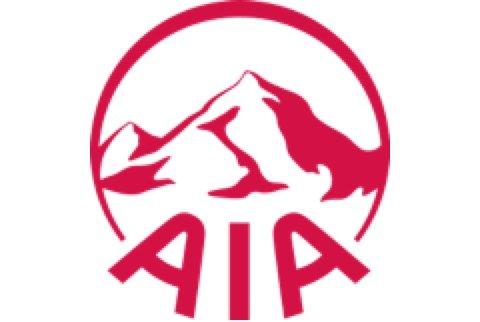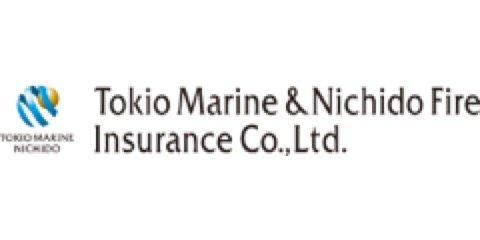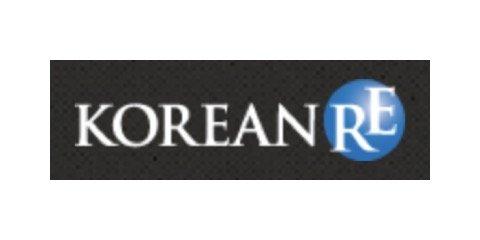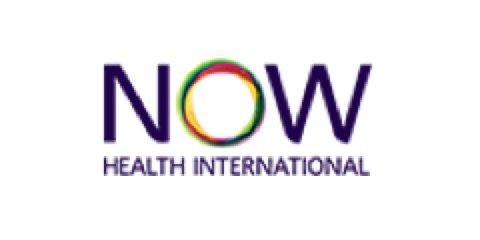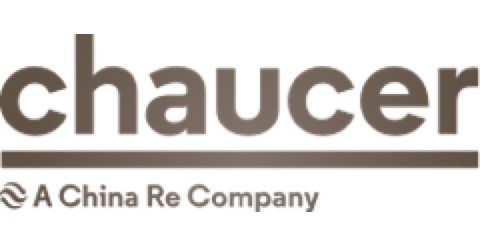 Insurance in China – World Insurance Companies Logos. By clicking on the logos of insurers in China, you get access to all the information the insurers has on its own website.
Insurance in China – World Insurance Companies Logos. By clicking on the logos of insurers in China, you get access to all the information the insurers has on its own website.
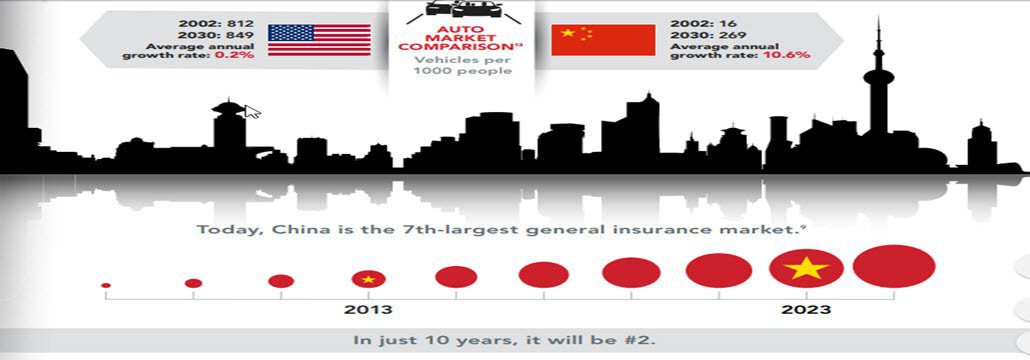
China Sichuan earthquake
This earthquake occurred in Sichuan Province, China on May 12, 2008. It measures 8.0 Ms.
Chinese Insurance Companies
The following are some insurers from China:
These are just a few examples in China, and there are many more across the country.
Insurance Company Logos in China
Insurance Companies Logos and Names. By clicking the logo of each Insurer that operates in China may access from a single place to its website, finding there, a wealth of information of great importance on all kinds of insurance matters, and also their phone numbers, addresses and prices


Insurance Companies Logos – Factors to consider when choose a Chinese coverage
How to find a good insurer? – Some Tips
1- Find the right coverage
First, it’s important to gather information about the right coverage, and obtain quotes from, a variety of insurers as part of your overall selection process. In order to do that, begin by determining the type of coverage you need in order to make a right comparison across multiple companies.
Now it’s time to research the types of insurers from which to obtain that coverage.
2- Check License Status
Insurers must be licensed by the country in which they sell coverage. For added peace of mind, be sure you’re buying coverage from a licensed provider in your area by checking with the department of insurers of your Country, either online or by phone.
3- Check financial stability
Finding out the financial stability of an insurer. One can research an insurer’s financial strength rating, in the websites of companies such as A.M. Best, Standard & Poor’s, Moody’s or Fitch. While most of the major insurers are safe bets, this is especially helpful when considering smaller, lesser-known providers.
4- Customer service and claims support
Check consumer complaint ratios. Many departments of insurers websites publish consumer complaint ratios for the providers.
A consumer complaint ratio tells you how many complaints an insurer received for every 1,000 claims its policyholders filed. It’s also a good idea to check a company’s complaint ratio in several other countries for a company might have great ratings in one, but not-so-great ratings in another.
For added protection, look for companies with low consumer complaint ratios in a variety of countries.
Locate the insurer you trust
Health in China
Healthcare in China has undergone significant improvements and transformations over the past few decades. The Chinese government has prioritized healthcare as a crucial aspect of social development, aiming to provide universal access to basic healthcare services for all its citizens.
China has a hybrid healthcare system that consists of both public and private sectors. The government plays a substantial role in providing healthcare services, particularly through the establishment of public hospitals and clinics. These facilities are often operated by local governments and are responsible for delivering primary care services to the population.
The government has implemented several initiatives to improve healthcare accessibility and affordability. One of the key programs is the New Rural Cooperative Medical Scheme (NRCMS), which provides health insurance coverage for rural residents. Urban employees and residents are covered under the Urban Employee Basic Medical Insurance (UEBMI) and Urban Resident Basic Medical Insurance (URBMI) schemes, respectively. These insurance schemes help to alleviate the financial burden of healthcare expenses for individuals and families.
In recent years, China has made significant investments in healthcare infrastructure, medical research, and technology. The country has witnessed a rapid expansion of hospitals, medical facilities, and the adoption of advanced medical technologies. This has contributed to the improvement of healthcare quality and the availability of specialized services.
However, despite these advancements, challenges persist in the Chinese healthcare system. Some of the challenges include regional disparities in healthcare access, with more developed urban areas having better healthcare resources compared to rural and remote regions. The quality of healthcare services can also vary between public and private sectors, with public hospitals generally experiencing higher patient volumes and longer waiting times.
In addition, China faces ongoing issues such as an aging population, rising healthcare costs, and the burden of chronic diseases. The government is actively working to address these challenges through policy reforms, increased health care funding, and the promotion of preventive healthcare measures.
China, Asia – World Insurance Companies Logos.











